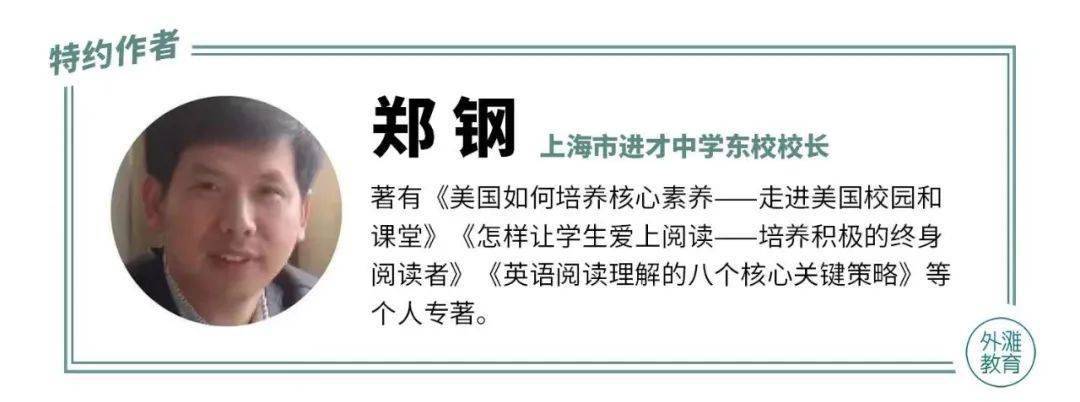来源:钱歌川《英文疑难详解》
中文说的“内容”英文译作content 或contents,但不知单数与复数在用法上有何分别?
【解答】此字通常是用复数,意为:
(1)内面所有的东西、内容、囊中物,例如:
the contents of a room(房间里面的东西),
the contents of a box(箱子里的东西),
the contents of a bag(囊中物),
the contents of a bottle(瓶中物)等。
(2)书籍、报纸、杂志、公文等的内容,或内容的目录,例如:
the contents of a book(书的内容),
a table of contents(目录),
A complete contents is to be found in Volume I.
(第一卷有全部目录)等。
用单数时,意为:
(1)要旨(essential purport),真义(real meaning),例如:the content of a chapter(一章的要旨),the content of a statement(声明要旨)等。
(2)与形式(form)对称的内容(substance),例如:
the emotional content of a poem
(一首诗的感情丰富的内容)。
The content of his speech was good,but the form was not.
(他的演讲词内容很好,但结构不佳。)
The Chinese are inordinately fond of the drama,and the ideals and much of the content of plays are classical in character.
(中国人是极其爱好戏剧的,一些戏剧的理想及大半的内容都是合乎正统的。)
The contents of the works used by a “talker of books”were written and studied by scholars.
(说书人所用的话本,内容都是由文人撰写而加以研究过的。)
此字的单复数在用法上还有一种分别,即单数多用于抽象的内容,如:
the content of the course(课程的内容),
而复数则用于具体的内容,如:
A bag with its precious contents was missing.(一个内有重要物品的皮包不见了。)
但对同一物有时用单数来指“容量”,用复数来指“内容”也是可以的,如量米的斗,它的content(容量)是一斗,内面也许只有五升米,我们就说它现在的contents(内容)是五升。
又如张其春著的《翻译之艺术》一书,它的content(内容)是谈的翻译,而它的contents(目录)则是三章,每章七节。
说一本书或一份报的内容(即“思想内容”或“形式和内容”)也要用单数才对。
The French newspaper is always six pages in content.
(法国报纸内容有六页。)
The essay is excellent both in form and in content.
(那篇文章形式与内容都很好。)
The content of the article is not clear.
(此文含义不明。)
The story has plenty of thought content.
(这篇故事很有思想内容。)
We must base our judgement on the content of the book.
(我们必须以此书的内容为基准来下批判。)



















